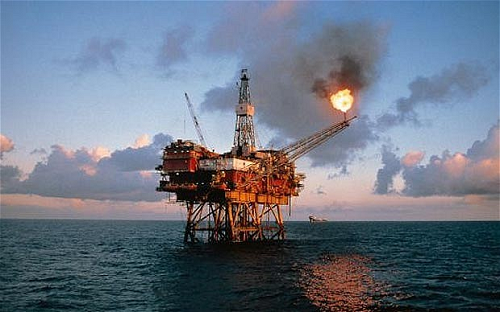In the period from 2010 to 2014, the oil industry enjoyed prices upwards of 80$ per barrel which allowed Oil & Gas companies to profitably develop even the most technically challenging deep water fields. Unfortunately, the industry is now in the midst of a price slump with the cost of Brent crude currently hovering around the 50$ mark. In such a scenario, Cost Engineering can assist E&P companies make their exploration projects economically feasible. This blog therefore intends to give the cost estimator or engineer with an interest in the E&P business a feel for the prominent cost drivers by viewing them through the prism of the different cost categories. The following are some of the prominent cost drivers for the different sectors of the E&P Industry:
1. Exploration
When trying to locate potential oil and gas deposits, Geophysical surveys need to be carried out and the costs incurred by them depend upon:
• The size of the area covered by the seismic survey
• Increase in operating costs due to reduced survey rate caused by challenging operating conditions: desert settings in the Middle East or extreme cold climates like Alaska
• If the survey occurs offshore, then the costs depends on the water depth which determines what sort of vessel is required for the survey
2. Drilling & Completions
By far the most important cost driver, there are many variables and there are even more uncertainties which determine the overall cost of this segment. Broadly speaking, they are:
• Geological Uncertainty in the formation: necessitates the need for sophisticated equipment
• Drilling depths: greater the distance to be drilled, greater the time and the capacity of the rig used
• Water depths: If drilling offshore, the water depth determines what sort of vessel is to be used, I.e. jack-up, semi-submersible or drillship
• Logistics for arranging supplies to the drill site
• The type of safety equipment needed: Blow-out Preventers
3. Production Facilities
The cost of installing production facilities are determined by:
• The location of the platform or treatment center
• Local vendor capability
• Location and schedule of the facility construction
4. Regulatory & Political Environment
This varies throughout the world and each country will apply its own restrictions. For example, in some countries, Operators sign an agreement with the government to drill a minimum number of wells which they are obliged to do even if it becomes apparent that no oil is to be found. Revenue sharing agreements from production also determine the rate and time of the cash inflow.
The cost drivers discussed have of course major implications for the way you perform cost estimates for the projects in the oil & gas industry. What those implications are, will be discussed in our next blog.
Something to add to this article? Do you have some questions for us mail us at contact@costengineering.eu
Related articles
Oil & Gas: Cost factors and the implications for estimating
Keep your project costs in control - 5 tips to secure your costs
Cost hide in every corner of your project, how do you know the total costs?
 Contact us
Contact us 